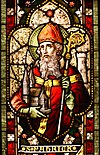
Adalbert of Magdeburg, sometimes incorrectly shortened to "Albert", known as the Apostle of the Slavs, was the first Archbishop of Magdeburg and a successful missionary to the Polabian Slavs to the east of what was contemporarily Germany. He was later canonised and his liturgical feast day was assigned as 20 June.
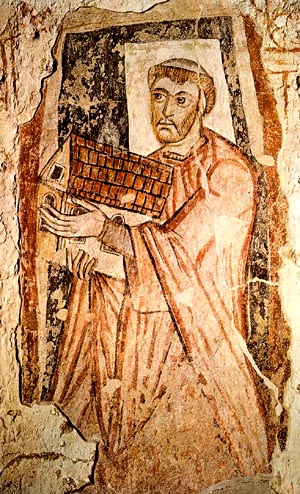
Benedict Biscop, also known as Biscop Baducing, was an Anglo-Saxon abbot and founder of Monkwearmouth-Jarrow Priory and was considered a saint after his death.
Macrina the Elder was the mother of Basil the Elder, and the grandmother of Basil the Great, Gregory of Nyssa, Peter of Sebaste, and Macrina the Younger.
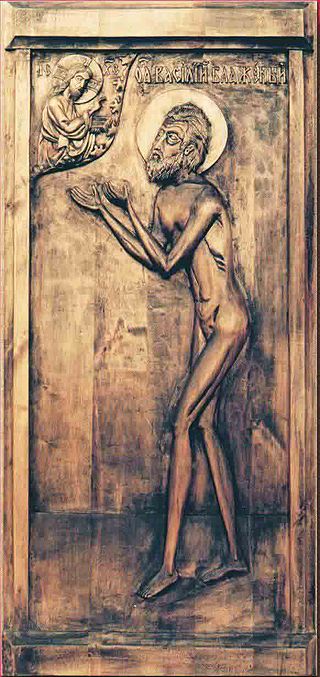
Vasily the Blessed is a Russian Orthodox saint of the type known as yurodivy or "holy fool".
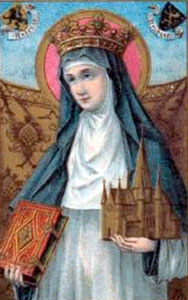
Saint Begga was the daughter of Pepin of Landen, mayor of the palace of Austrasia, and his wife Itta of Metz. She is also the grandmother of Charles Martel, who is the grandfather of Charlemagne.
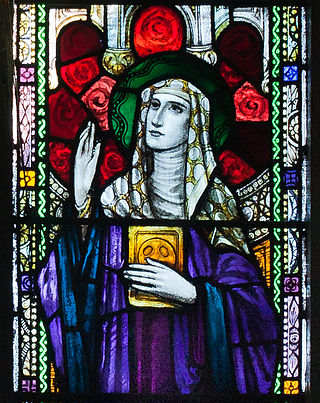
Íte ingen Chinn Fhalad, also known as Íde, Ita, Ida or Ides, was an early Irish nun and patron saint of Killeedy. She was known as the "foster mother of the saints of Erin". The name "Ita" was conferred on her because of her saintly qualities. Her feast day is 15 January.

Saint Aubert, also known as Saint Autbert, was bishop of Avranches in the 8th century and is credited with founding Mont Saint-Michel.

Honoratus was the founder of Lérins Abbey who later became an early Archbishop of Arles. He is honored as a saint in the Catholic and Eastern Orthodox Churches.

Alberic of Cîteaux, sometimes known as Aubrey of Cîteaux, was a French monk and abbot, one of the founders of the Cistercian Order. He is now honored as a saint.
Monasteraden is a village in County Sligo, Ireland. The village is located on the shores of Lough Gara. St Aiden's church is the village's church. Other sites include Lough Gara Lodge, Slí na Croí's Roundhouse Ecolodge, Drury's pub and the general store.
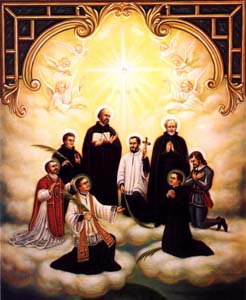
Antoine Daniel was a French Jesuit missionary in North America, at Sainte-Marie among the Hurons, and one of the eight Canadian Martyrs.

Berard of Carbio was a thirteenth-century Franciscan friar who was executed in Morocco for attempting to promote Christianity. He and his companions, Peter, Otho, Accursius, and Adjutus, are venerated as Catholic saints and considered the Franciscan Protomartyrs. Expelled from the kingdom twice, they returned each time and continued to preach against Islam. In anger and frustration, the king finally beheaded them.
Ultan was an Irish monk who later became an abbot. He was the brother of Saints Fursey and Foillan. He was a member of Fursey's mission from Ireland to East Anglia in c. 633, and lived there both as a monastic probationary and later alone as an anchorite. In c. 651 he accompanied his brother Foillan to Nivelles in Merovingian Gaul where they continued their monastic life together.

Meinrad, OSB was a German Benedictine hermit and is revered as a Catholic and Orthodox saint. He is known as the "Martyr of Hospitality". His feast day is 21 January.
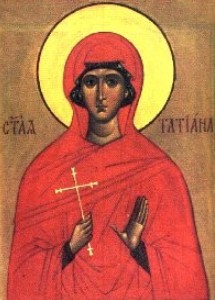
Saint Tatiana was a Christian martyr in 3rd-century Rome during the reign of Emperor Severus Alexander.
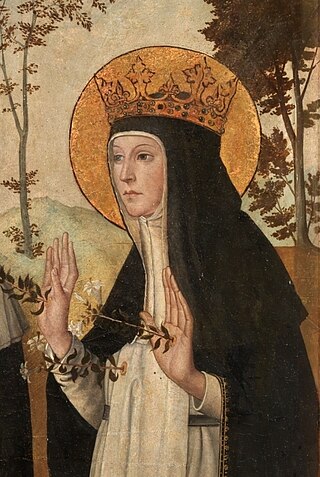
Margaret of Hungary, OP was a Dominican nun and the daughter of King Béla IV of Hungary and Maria Laskarina. She was the younger sister of Kinga of Poland (Kunegunda) and Yolanda of Poland and, through her father, the niece of the famed Elizabeth of Hungary.

Agape, Chionia and Irene were sisters and Christian saints from Aquileia, martyred at Thessalonica in 304 AD. Agape and Chionia were charged with refusing to eat sacrificial offerings, whilst Irene was killed for keeping Christian books in violation of existing law. All were condemned to be burned alive.
Andrew of Crete was a fervent iconophile, he was executed in the Forum Bovis of Constantinople at the orders of Emperor Constantine V in 766 or 767, during the Byzantine Iconoclasm. He is regarded as a martyr in the Catholic and Eastern Orthodox churches. His feast day is October 17. The monastery of St Andrew in Krisei in Constantinople, currently the Koca Mustafa Pasha Mosque in Istanbul, was dedicated to him. It should be noticed that according to modern sources, the figure of Andrew of Crete, like those of many iconophile Saints lived under the iconoclastic period, is unverified.
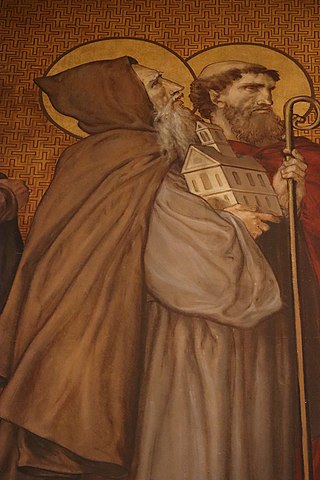
Austol was a 6th-century Cornish holy man who lived much of his life in Brittany.
Henry of Coquet was a Dane who lived in a hermitage on Coquet Island, off the Northumberland coast.
















